CENTRAL SOUTH BIRDING TOUR IN SPAIN
CENTRAL SOUTH BIRDING TOUR IN SPAIN
Bird
13 Days
3+ People
Season: spring and fall
SUMMARY
We take in towns steeped in medieval culture, the Atlantic shores at Tarifa at the Straits of Gibraltar, and picturesque white limestone communities nestled on mountainsides. Wildlife highlights will be many – Greater Flamingo, several eagles – Spanish Imperial, Golden, Booted and Bonelli’s, both Great and Little Bustards, egrets, herons, ibis including the introduced Northern Bald, Collared Pratincole, Iberian (Azure-winged Magpie), sandgrouse, several larks, wheatears and rock-thrushes, warblers, shorebirds, choice gulls – the list goes on.
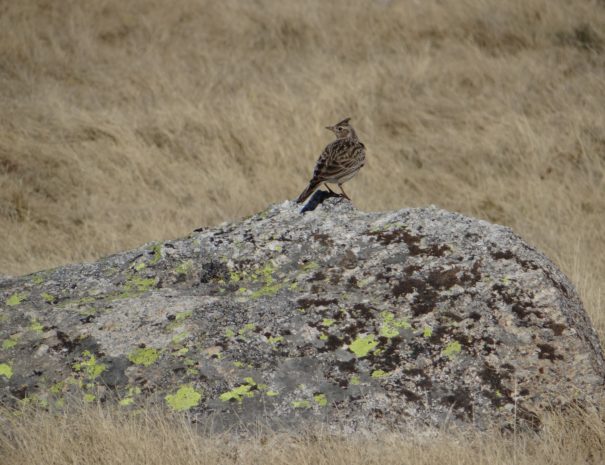
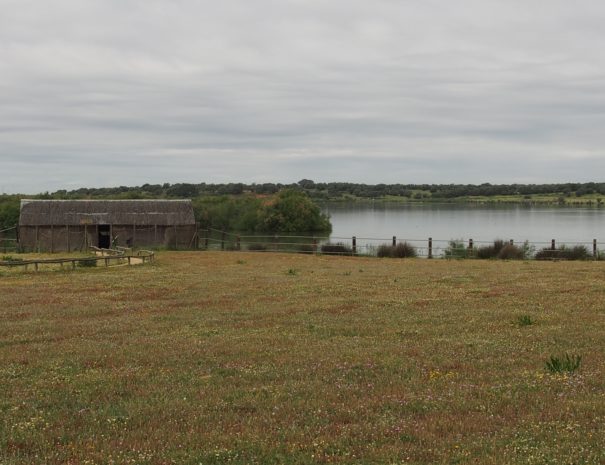
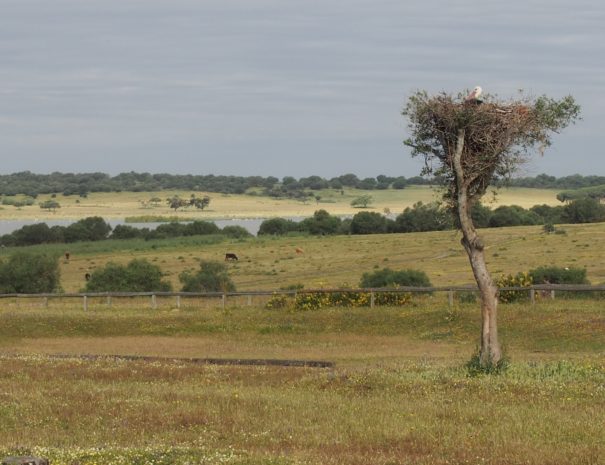


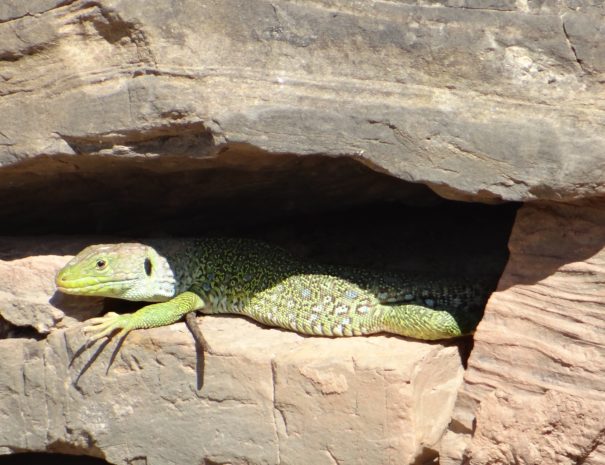
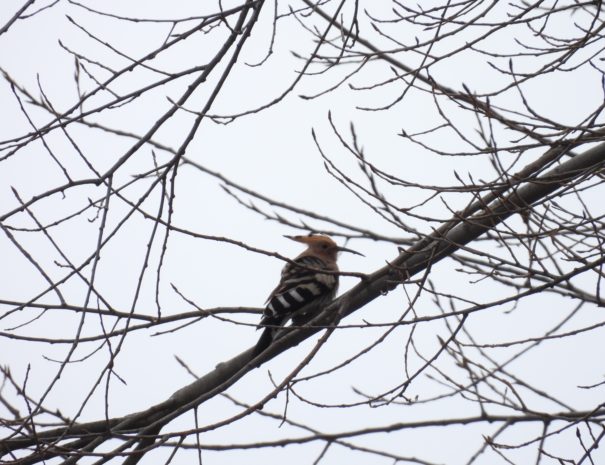
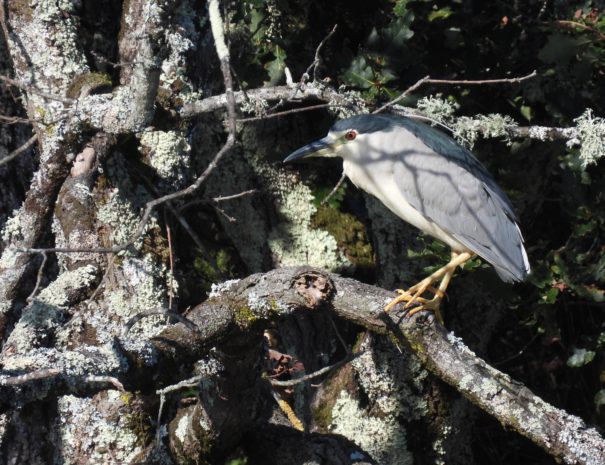
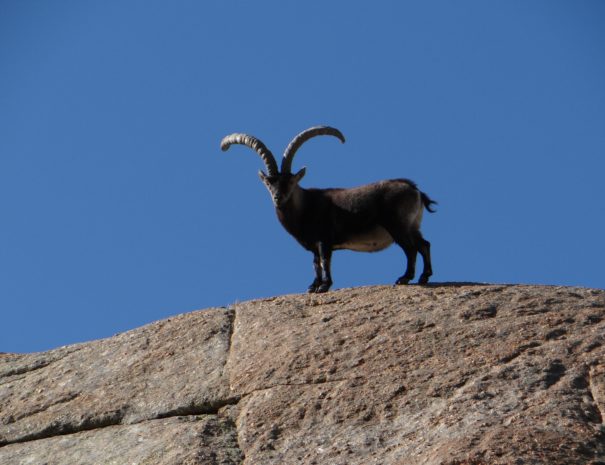

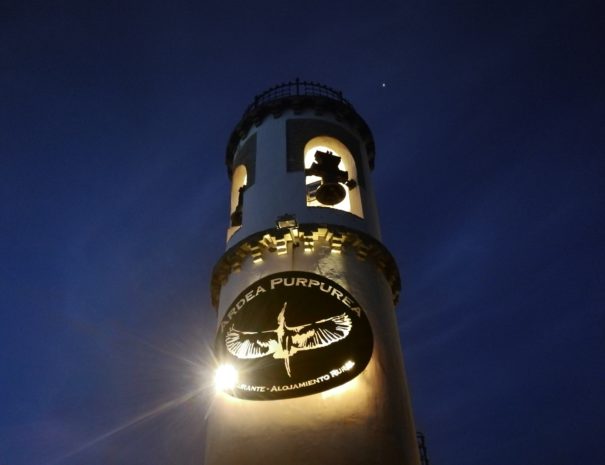
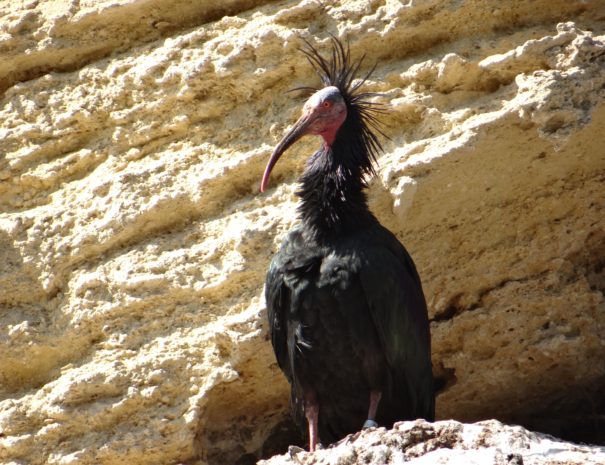
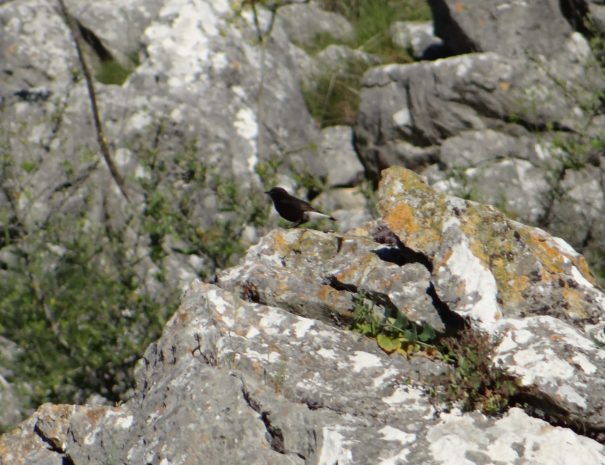
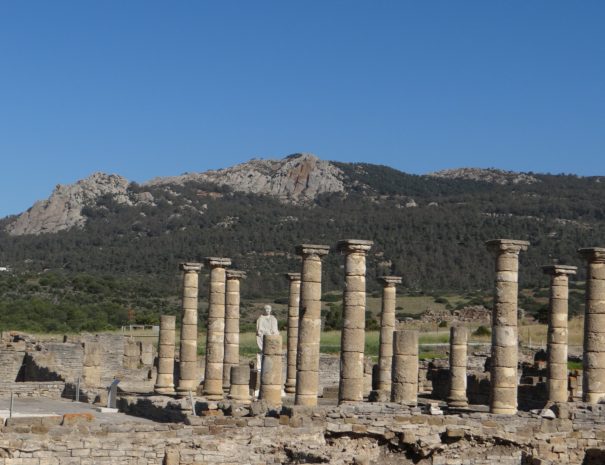
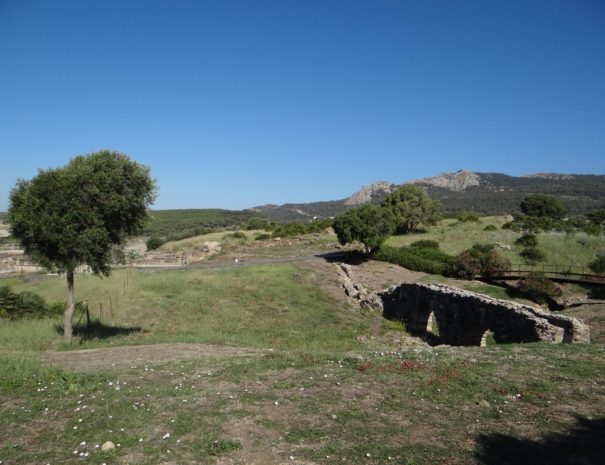
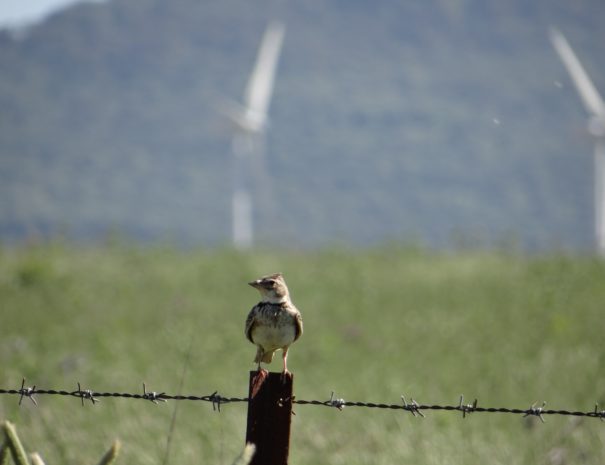
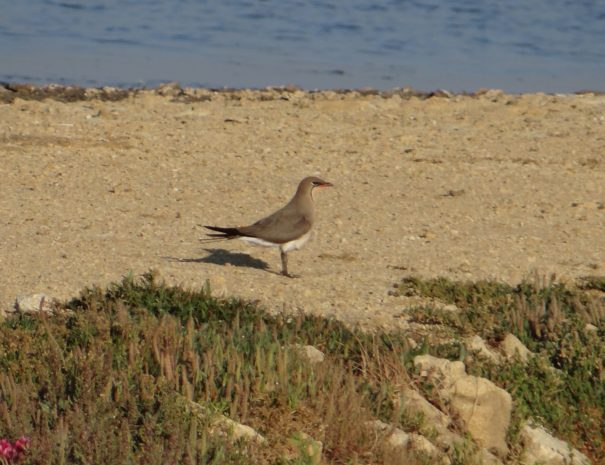
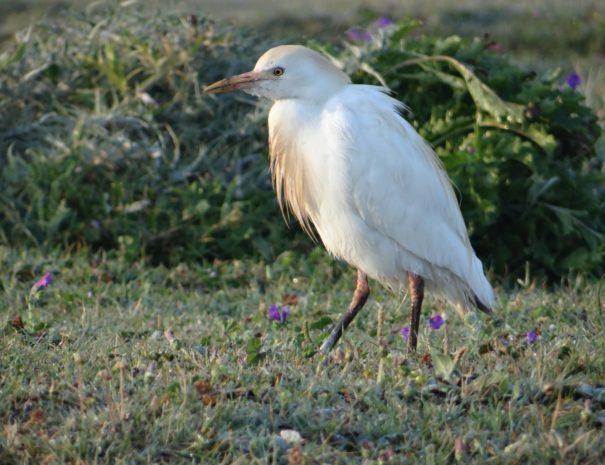
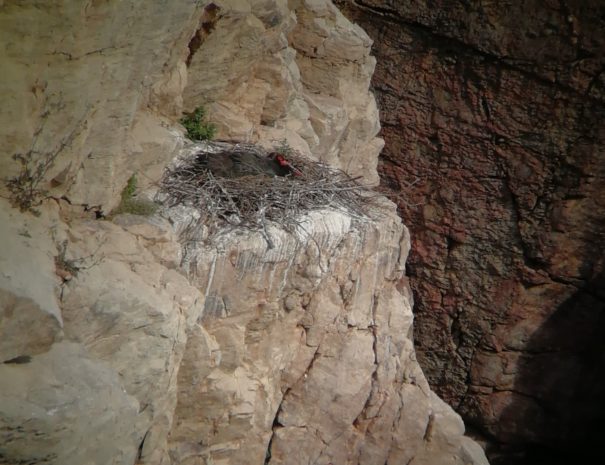
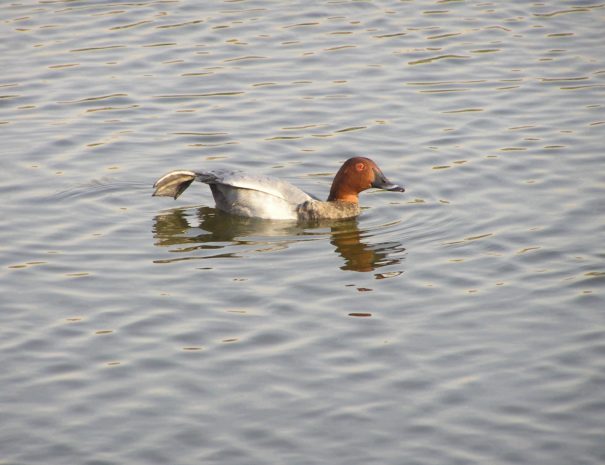
Anterior
Siguiente
ITINERARY
DAY 1: ARRIVAL IN MALAGA
Our Spain birding tour starts when we meet for supper at our hotel in Malaga. Cloe to the hotel could be common species such as Red-rumped Swallow, Crested Lark, the endemic Spotless Starling, Eurasian Collared Dove, and the introduced Monk Parakeet. Night in Malaga
DAY 2: RIO GUADALHORCE NATIONAL PARK, SIERRA DE LAS NIEVES, AND RONDA
Our first destination is the Rio Guadalhorce National Park, very close to our hotel. This area is a complex of freshwater ponds and low scrub between two arms of the Rio Guadalhorce, at the estuary into the Mediterranean Sea, and has a diverse avifauna. We will amass an impressive list of birds, from Greater Flamingo, Black-winged Stilt, Pied Avocet, Little and Greater Ringed Plovers, Kentish (Snowy) Plover, and several shorebirds and gulls to Cetti’s, Reed, Sedge and Sardinian Warblers, Serin, Stonechat and the introduced Common Waxbill. Purple Swamphen and White-headed Duck are possible, as is Eurasian Kingfisher.
We leave Malaga and we drive west and then north through the Sierra de las Nieves. The Los Quejigales access road passes through stands of pines and firs, open areas and dense scrub, supporting Black and Black-eared Wheatears, Subalpine and Dartford Warblers, Rock Bunting, Firecrest, several species of tits – Crested, Great, Blue and Coal, Alpine Swift, and Bonelli’s Eagle.We then head to the Serrania de Ronda for a one-night stay. The town of Ronda is bisected by the deep El Tajo gorge, and from the southern walls of the old town one can view the gorge and its nesting Lesser Kestrel, Red-billed Chough, Black Redstart and Crag Martins. Night close to Ronda.
DAY 3: RIO GUADIARO AND TRANSFER TO TARIFA
In the morning, we visit the Rio Guadiaro valley for a wide selection of species, from Red-legged Partridge to Golden and Short-toed Eagles, Eurasian Honey-Buzzard, Alpine Swift, Spotted Flycatcher, Sardinian Warbler, Serin and Cirl Bunting. The town of Grazalema, one of the more attractive “white villages”, is an excellent spot for Black Wheatear as well as several warblers including Melodious, Red-billed Chough, shrikes, nightingales and Stonechat. We then leave the Serrania de Ronda and head west to Tarifa for a three-night stay.
DAYS 4 & 5: TARIFA
At Tarifa, along the coast, we should find Yellow-legged and Audouin’s Gulls, Sandwich Tern, migrant shorebirds such as Little Stint, Sanderling, Dunlin, Common Redshank and Greenshank and residents like Black-winged Stilt and Pied Avocet. Zitting Cisticola and Greater Short-toed Lark can be seen from the boardwalk. We also have a chance for Little Swift, an African species that spills across the Straits of Gibraltar here. This area is famous for raptor migration, and we will watch the skies for migrating birds, perhaps European Honey Buzzard or Short-toed Eagle. On one morning we will take a 2 to 2.5 hour whale-watching trip into the Straits of Gibralter where we should expect to see several cetaceans and seabirds, including Cory’s and Balearic Shearwaters and Northern Gannet. Nights in Tarifa.
DAYS 6 & 7: PARQUE NACIONAL DE DOÑANA
We leave Tarifa and head to the fabulous Coto Doñana. On the way we plan to stop in the town of La Barca de Vejer, to look for the recently introduced Northern Bald Ibis which occupy a cliff face at the entrance to the town. We also visit the nearby Barbate saltmarshes to search for Collared Pratincole, Glossy Ibis, Eurasian Thick-knee, Audouin’s Gull, Squacco Heron, and Caspian Tern. A wetland along the Rio Brazo near the small community of Pinzon hosts Black-headed Weaver, an African species newly established in Spain, as well as water birds that includes Marbled Duck, Greater Flamingo, spoonbill, egrets, herons, Glossy Ibis, Purple Swamphen, and a nesting colony of Whiskered Terns. The Laguna de Medina has convenient boardwalks and bird blinds for viewing Great Crested and Eared Grebes, Tufted Ducks, nightingales and several warblers.
We then travel on to world famous Parque Natural de Donana, and our accommodation in the historic town of El Rocío, home of the Virgen del Rocío, for the next two nights. Our hotel is located on the shores of the marismas, where Greater Flamingos, Eurasian Spoonbills and Gull-billed and Whiskered Terns forage within sight of our rooms. Reed beds hold Great Reed and Savi’s Warblers, and Squacco Heron, Purple Swamphen, Glossy Ibis and Little Bittern feed along the shoreline, and Western Marsh Harriers quarter the marsh.
During our stay, we visit an array of different habitats, from woodlands to open grasslands, beaches and extensive wetlands. One such place is José Antonio Valverde Visitor Center, for Purple Herons and Black-crowned Night-Herons, Great, Little and Cattle Egrets, and various waterfowl, grebes and shorebirds including Pied Avocet, Ruff and Little Ringed Plover, while drier areas support Greater and Lesser Short-toed Larks. Trails at El Acebuche and La Rocina pass through woodlands and wetlands that support Red-crested and Common Pochards, Eurasian Bee-eater, European Roller, Short-toed Treecreeper, Common Nightingale, Iberian Chiffchaff, and Cetti’s Warblers. Salt pans sometimes have Red-knobbed Coot, Tawny Pipits occur close by, and a night-time foray could turn up Eurasian Scops-Owl and Red-necked Nightjar. Collared Pratincoles and Red-rumped Swallows hawk insects, Spanish Imperial Eagles nest in the open savannas, and we have a chance at several mammals – Red Fox, Iberian Red Deer, Fallow Deer, and Wild Boar, and with great good luck the Iberian endemic Pardel Lynx. Nights at El Rocío.
DAYS 8 TO 10: PARQUE NATURAL DE MONFRAGUE
We leave El Rocio and Andalusia and head north to Extremadura and the charming medieval town of Trujillo where we spend three nights. The western province of Extremadura is an area of open grasslands, steppes and Cork Oak forests (“dehasas”), renowned historically for explorers such as Francisco Pizarro and Hernán Cortés. We visit the rolling pasture country around Santa Marta de Magasca, for specialties of the region – both Great and Little Bustards,
Pin-tailed and Black-bellied Sandgrouse, Eurasian Hoopoe, European Rollers nesting in nest boxes, Calandra Lark, Woodchat and Southern Gray Shrikes, Eurasian Thick-knee, Corn Bunting, and Common and Great Spotted Cuckoos. The dehasas hold many choice species – Melodious and Sardinian Warblers, Blackcap, Eurasian Golden Oriole and Iberian (Azure-winged) Magpie.
North of Trujillo is the magnificent Parque Natural de Monfrague, and we spend much time in this superb park, nearly 110 square kms of dehasas, cliffs, riparian vegetation and woodlands. Monfrague is internationally acclaimed for its density of birds of prey – we have a chance at finding a dozen species including Red and Black Kites, Short-toed, Booted and Spanish Imperial Eagles, Peregrine Falcon, Eurasian Kestrel, and many Cinereous (Black), Egyptian and Eurasian Griffon Vultures, especially at Peña Falcon, where Rio Tajo has cut through the Sierra de Corchuelas, a high cliff face providing constant thermals and updraughts for these large birds to soar effortlessly. Black Stork and Eurasian Eagle-Owl also nest in the park, along with Thekla and Wood Larks, Subalpine Warbler, Blue Rock-Thrush, Rock Petronia, Spanish Sparrow, and Common Nightingale. Nights near Trujillo.
DAY 11: SIERRA DE GREDOS
Our morning depends upon how well we have done on previous days. We may revisit Monfrague, perhaps out onto the steppes, or spend time walking the ancient cobbled streets of Trujillo where Lesser Kestrels and Pallid Swifts nest. We then head north, admiring the White Stork nests atop historic buildings, and looking for Black-shouldered Kites and Montagu’s Harrier, to the scenic Sierra de Gredos, the southern boundary of Spain’s Cordillera Central. We first visit the Reserva Natural de Gredos, a spectacular park situated below the rugged 2600 m Pico Almanzor. Here we walk along trails, looking for Eurasian Buzzard, White-throated Dipper, Western Yellow and Gray Wagtails, Black Redstart, Rufous-tailed Rock-Thrush, Stonechat, Eurasian Crag and House Martins, European Goldfinch, Ortolan and Rock Buntings, and with luck Bluethroat, and we make extra effort to find the magnificent Spanish Ibex. Our parador is located in a beautiful setting overlooking pine forest, home to several forest species – Western Bonelli’s Warbler, Coal and Crested Tits, Firecrest, Pied Flycatcher, Chaffinch, and perhaps even Citril Finch and Red Crossbill. Rock walls in gardens support the Ocellated Lizard, a striking reptile of emerald green dappled with blue spots. Night in the Sierra de Gredos.
DAY 12: DRIVE TO MADRID
We spend the morning in the Sierra de Gredos, looking for species not already found – perhaps Common Swift, Common Raven, Booted Eagle, Eurasian Hobby, Wood Pigeon, Eurasian Collared Dove, Ortolan Bunting, Long-tailed Tit, Citril Finch and others. We then head east to Madrid. Night in Madrid.
DAY 13: DEPARTURE
Our Spain birding tour ends today. You can depart for flights home anytime today.
Comments are closed.
